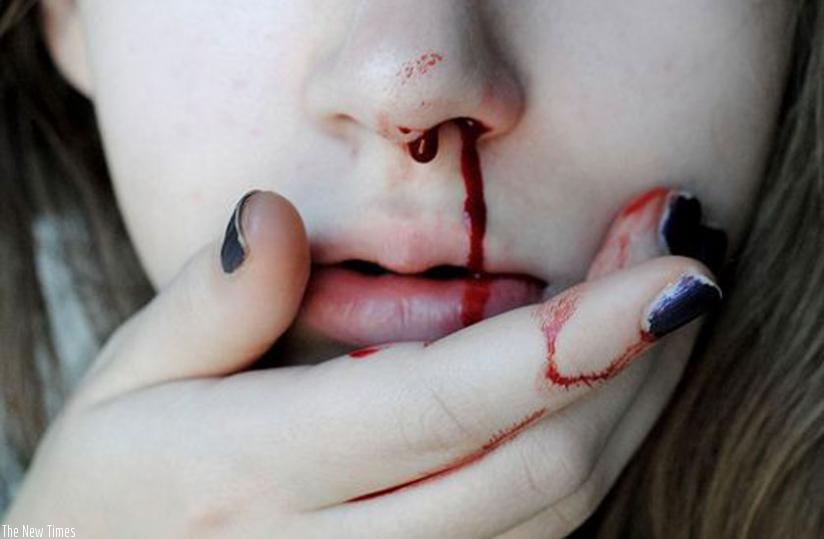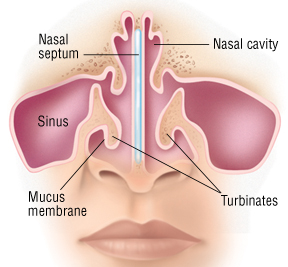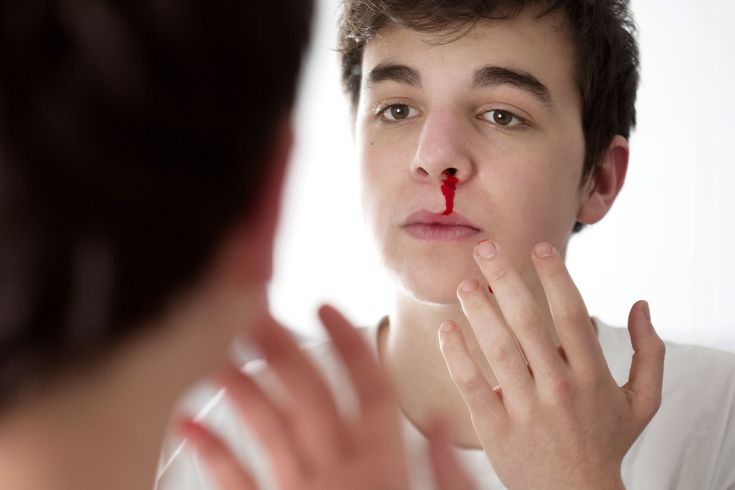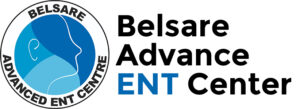Bleeding from Nose (Epistaxis)
Think about the human face. You will see that the nose protrudes out from the face and is actually rather vulnerable to injuries. A trauma on the face can cause injury to the nose and result in nosebleed (medically called epitaxis). Depending on the site and the extent of injury, this bleeding can be minor or major. Nosebleeds can occur on their own as well without an outside injury. It can also happen if the nasal membrane becomes overly dry and cracks open letting out blood.
As a matter of fact, such nosebleeds are extremely common in very dry climates whether summer or winter. Plus, if a person is on anticoagulant or blood thinning medicine such as warfarin or aspirin or anti-inflammatory drugs, even minor traumas can result in heavy nosebleeds.
What causes a nosebleed (epistaxis)?
The common site for a nosebleed to start is from just inside the entrance of the nostril, on the middle harder part of the nostril (the nasal septum). Here the blood vessels are quite fragile and can rupture easily for no apparent reason. This happens most commonly in children. This delicate area is also more likely to bleed with the following:
- Picking the nose.
- Colds, and blocked stuffy noses such as with hay fever.
- Blowing the nose.
- Minor injuries to the nose.
- Cocaine use.
In the above situations, the bleeding tends to last only a short time and is usually easy to control. The bleeding may last longer and be harder to stop if you have heart failure, a blood clotting disorder, or are taking ‘blood thinning’ medicines such as warfarin or aspirin.
What is the treatment for a nosebleed (epistaxis)?
For most nosebleeds, simple first aid can usually stop the bleeding.
- If you are not feeling faint, sit up and lean slightly forward.
- With a finger and thumb, pinch the lower fleshy end of the nose completely blocking the nostrils. It is useless to put pressure over the root of the nose or nasal bones. Usually, if you apply light pressure for 10-20 minutes, the bleeding will stop.
- If available, a cold flannel or compress around the nose and front of face will help. The cold helps the blood vessels to close down (constrict) and stop bleeding.
- Once the nosebleed has stopped, do not pick the nose or try to blow out any of the blood remaining in the nostrils. This may cause another nosebleed.
- If you feel faint it is best to lie flat on your side.



